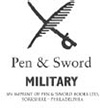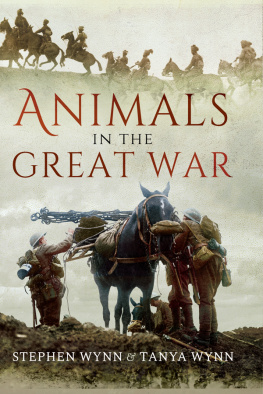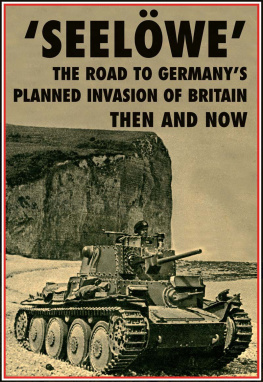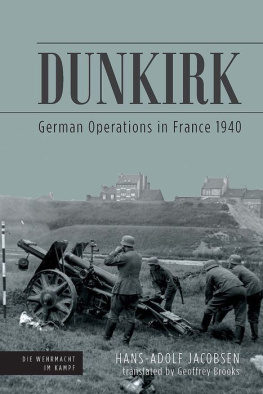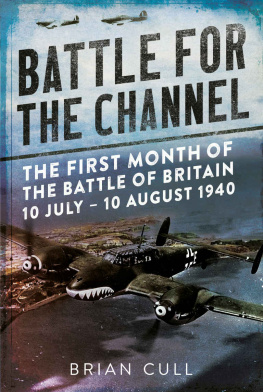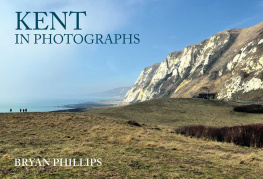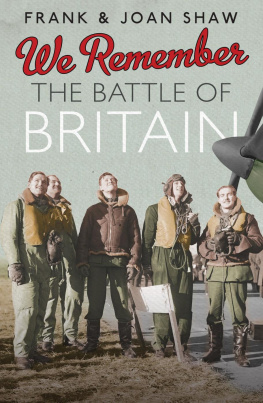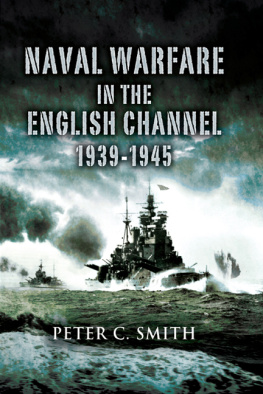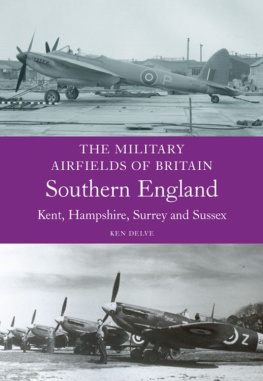First published in Great Britain in 2019 by
Pen & Sword Military
An imprint of
Pen & Sword Books Ltd
Yorkshire Philadelphia
Copyright Tanya Wynn, 2019
ISBN 978 1 47388 7 404
eISBN 978 1 47388 7 428
Mobi ISBN 978 1 47388 7 411
The right of Tanya Wynn to be identified as Author of this work has been asserted by her in accordance with the Copyright, Designs and Patents Act 1988.
A CIP catalogue record for this book is available from the British Library.
All rights reserved. No part of this book may be reproduced or transmitted in any form or by any means, electronic or mechanical including photocopying, recording or by any information storage and retrieval system, without permission from the Publisher in writing.
Pen & Sword Books Limited incorporates the imprints of Atlas, Archaeology, Aviation, Discovery, Family History, Fiction, History, Maritime, Military, Military Classics, Politics, Select, Transport, True Crime, Air World, Frontline Publishing, Leo Cooper, Remember When, Seaforth Publishing, The Praetorian Press, Wharncliffe Local History, Wharncliffe Transport, Wharncliffe True Crime and White Owl.
For a complete list of Pen & Sword titles please contact
PEN & SWORD BOOKS LIMITED
47 Church Street, Barnsley, South Yorkshire, S70 2AS, England
E-mail:
Website: www.pen-and-sword.co.uk
Or
PEN AND SWORD BOOKS
1950 Lawrence Rd, Havertown, PA 19083, USA
E-mail:
Website: www.penandswordbooks.com
Prologue
Kents war time involvement
King George VI bestowed the award of the George Cross on Malta during the Second World War because of the heroism and devotion shown by the islands people during the great siege they underwent throughout the early months of the war, whilst being bombed almost incessantly by the Luftwaffe.
That being the case, it is amazing that the part Kent played in the war does not appear to have been fully appreciated, because if it had been, it would surely have been deemed worthy of a similar award. It is not overstating the case to suggest that Kent played a pivotal role in the war, an effort that deserves to be fully remembered and commemorated and in this book I will look at as many of the countys achievements as possible.
In the early days of the war as evacuated children from London came flooding into the county, thousands of its young men were leaving to go off to war as part of the British Expeditionary Force (BEF).
In 1939 the old First World War Kitchener Army Camp at Richborough was re-opened to house some 4,000 German Jewish refugees, who had been allowed to leave Nazi Germany.
In May 1940, with British, French and Belgian troops fighting a rearguard action in France, just to survive, the Local Defence Force, which went on to become the Home Guard, was created in towns and cities across the country, including Kent.
The army camp on the Isle of Grain was a prominent location, protecting as it did the mouths of both the River Thames and the River Medway from any potential threat of German amphibious assaults. Its anti-aircraft batteries also added to the numerous defensive positions dotted around the south and south-east coast line of Great Britain.
Nearly all of the 800 vessels which sailed across the English Channel to assist with the Dunkirk evacuations between 26 May and 3 June 1940 as part of Operation Dynamo, left from Sheerness. Collectively their sterling efforts saw some 330,000 troops who had gone to France as part of the British Expeditionary Force, rescued from the beaches at Dunkirk in northern France. If those fighting men had been killed or taken prisoner by the Germans, there is every chance that the war would have been over at that time, with Britain and her Allies being on the losing side, a once proud nation defeated after less than a year of fighting, reduced to being incorporated into part of Germanys burgeoning new world order of the Third Reich.
The Battle of Britain which followed hot on the heels of Dunkirk, and took place between 10 July and 31 October 1940, did so mainly over the skies of Kent. The battle was a determined attempt by Nazi Germany to compel Britain to agree to a negotiated peace settlement and bring a swift end to the war in their favour. With her main enemy out of the way and America still nowhere near entering the fray, Germany would have had a clear run at extending her empire across a forlorn and greatly weakened Europe, with Russia clearly as her new target.
Many of the aircraft and pilots that fought in the Battle of Britain flew out of many of the airfields across Kent such as Biggin Hill, Detling, Eastchurch, Hawkinge, Manston, Lympne, and Rochester. Most of these airfields were actively targeted by the Luftwaffe in the early months of the war.
Although Kent experienced numerous bombing raids on many of her towns and cities throughout the war, Canterbury was the recipient of a particularly hellish air raid on the night of 1 June 1942 which resulted in the loss of many of her historic buildings.
Reculver Bay, in the district of Canterbury, was used to test prototypes of the bouncing bomb, designed by Barnes Wallis, and which were subsequently used in Operation Chastise, the bombing of the Mhne, Sorpe and Edersee dams in the Ruhr valley, on 16 and 17 May 1943.
On D-Day, 6 June 1944, 185,000 troops left Britains shores and headed for the beaches of Normandy, as part of Operation Overlord. In the build up to D-Day, Operation Fortitude, which was an audacious deception, managed to convince the enemy that the Allied invasion of North West Europe would take place in the Pas de Calais region. The day before the D-Day landings, the false invasion fleet left Dover just after midnight, ensuring that many German divisions remained in the Calais area. June 1944 also saw Kent become a victim of Germany in her military death throws, in the shape of well over 1,000 Flying Bombs or Doodlebugs, which landed across the county. This was followed up by the even more powerful V2 rockets later the same year.
The end of 1944 saw Operation Pluto, a plan to run an oil pipe line across the English Channel in support of the Normandy landings and the invasion of Europe. As Britain and her Allies pushed German forces back towards their own country, a constant supply of fuel was needed for the tanks, other vehicles and aircraft that would assist in that venture.
In the following chapters, I will look at some of these events in more detail.

